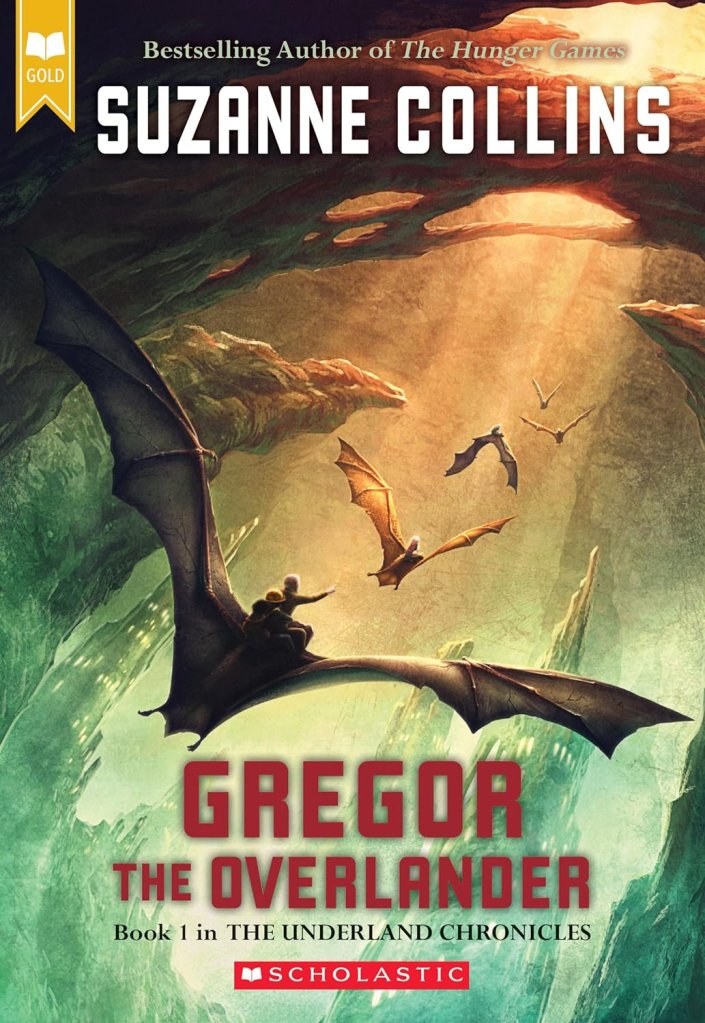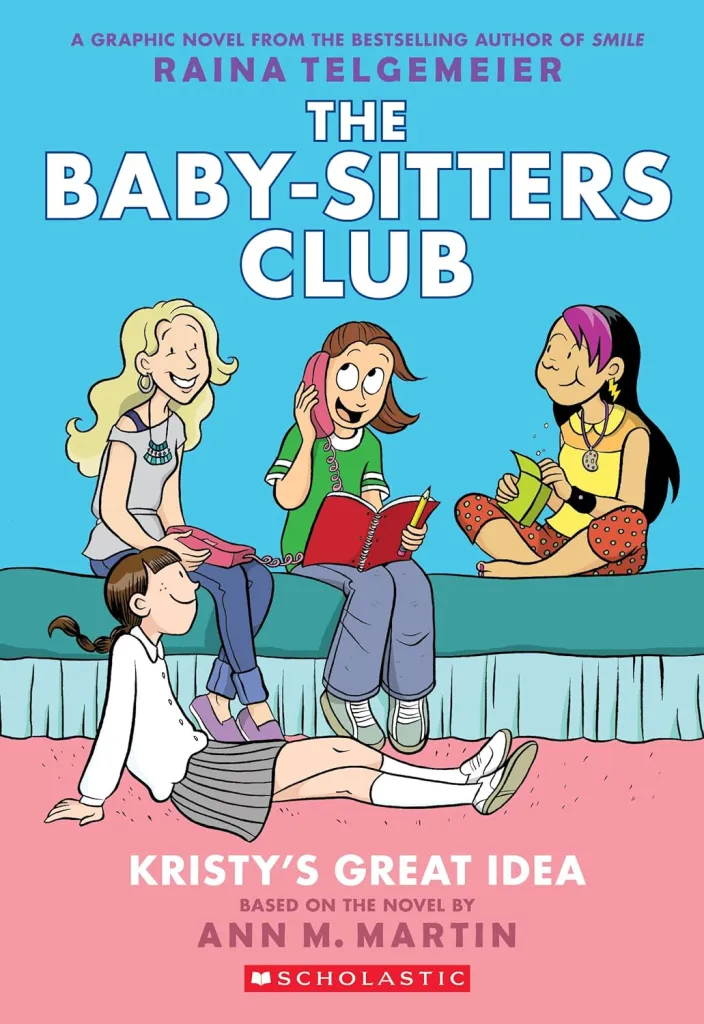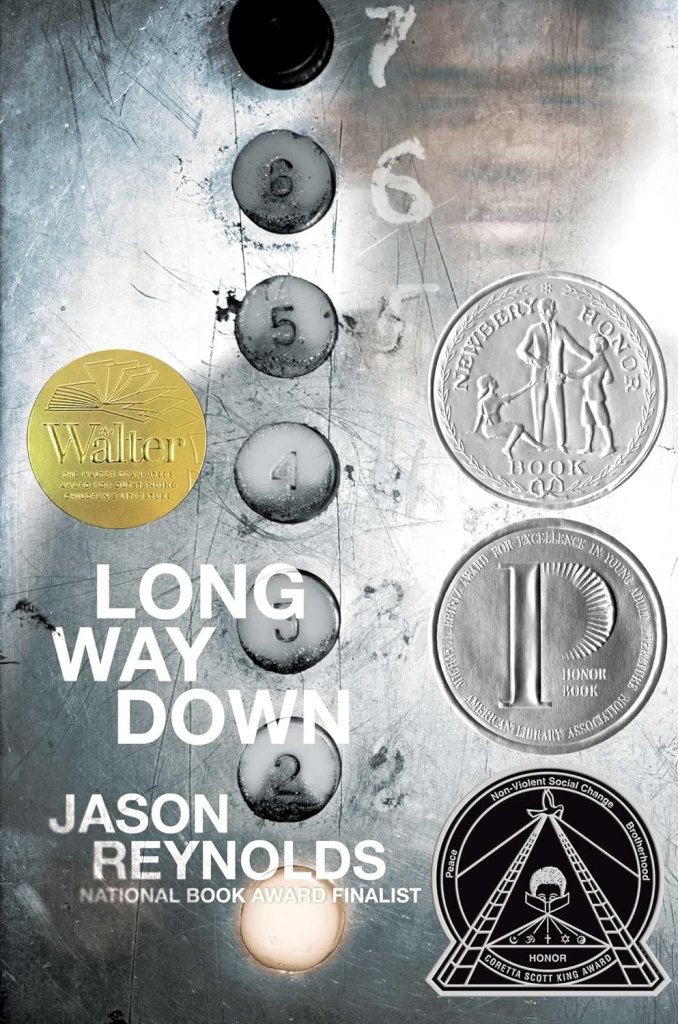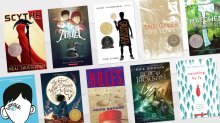18 Books for Reluctant Middle School Readers
We asked teachers to recommend their top book picks for students who say they “just aren’t that into reading.”
Your content has been saved!
Go to My Saved Content.Kids’ love of reading is at a historic low. Last year, the number of 13-year-olds who reported that they regularly read for fun dropped to 14 percent—the lowest point since the National Assessment of Educational Progress began tracking children’s reading habits in the mid-1980s.
With reluctant readers likely populating every classroom, we turned to our community of educators to ask which books they recommend to students who would rather do anything but hunker down to read. Hundreds of answers came pouring in. Some teachers pointed out that kids with reading difficulties should first be screened for reading-related problems, and issues around decoding and comprehension are equally important to suss out. “I would want to understand why the student believes reading isn’t for them,” notes educator Cindy Rike. “Could they have dyslexia? Until the underlying issue is resolved, reading probably isn’t for them.”
Many others chimed in to remind us that no one book will satisfy all readers. Before recommending a book, “I would have to talk with the child first to get an understanding of who they are and what they like,” comments educator Nikilia Lorraine Reid on Facebook—a sentiment shared by many others in the thread. Sometimes audiobooks and graphic novels can also help bridge the gap for kids who aren’t up for full-length books.
With these caveats in mind, there are nevertheless certain books that have broad appeal to many readers, educators like Derek C. agreed in the comments, and getting these into the hands of kids can make a big difference. Since so many kids struggle to stick with reading through middle school, that’s where we decided to focus our list of best books for reluctant readers.
The Crossover
Kwame Alexander’s The Crossover, winner of the Newbery Medal in 2015, is a book told entirely in verse. The series of short poems tells the story of twin brothers Josh and Jordan Bell—from their feats on the basketball courts to their friendships, social struggles, and relationships with their parents. “The Crossover has been a big hit with my kiddos who were convinced all they were capable of reading was Diary of a Wimpy Kid,” writes Katie on Instagram; teacher Christy Ritter particularly recommends it to the basketball lovers in her class.
Wonder
R.J. Palacio’s 2012 novel Wonder tells the story of Auggie Pullman, a child born with a genetic condition that causes facial differences that led his parents to homeschool him for the first 10 years of his life. In fifth grade, Auggie enrolls in a private school and must navigate bullying and social isolation—until he ultimately gains friends and builds self-acceptance. Palacio has called the book “a meditation on kindness,” and in 2022, our audience voted Wonder one of the most essential middle school reads from the last decade.

The Underland Chronicles series
The five-book Underland Chronicles, beginning with 2003’s Gregor the Overlander, is by Suzanne Collins, the author best known for the Hunger Games series (another engrossing middle-grades read). The series is about an 11-year-old named Gregor, who stumbles into the “Underland,” a subterranean realm beneath New York City. Gregor’s adventures introduce him to various factions that migrated underground centuries ago, and he’s thrust into a war between the human kingdom of Regalia and the “gnawers”—a horde of massive, mutated rats. “I had a fifth grader fall in love with reading with the Gregor the Overlander series,” writes educator Dawn Coyne Brown. “He went on to read that series—and the entire Artemis Fowl series—that year.”
The Outsiders
This coming-of-age novel about rival gangs was written by S.E. Hinton while she was in high school. Though the book is 56 years old, “The Outsiders still holds up for middle schoolers,” writes educator Kimberley Laine. The novel explores the violent feuding between two teenage groups: the working-class Greasers and upper-class Socs, inspired by real-life groups at Hinton’s Oklahoma high school. It’s written from the perspective of a 14-year-old named Ponyboy Curtis. “Many of my current and former students have credited that book as being the reason they began to enjoy reading,” comments educator Katie. “My middle schoolers always loved The Outsiders,” adds educator Sheryl Korner Rogers.
The Harry Potter series
This was our community’s most popular recommendation for reluctant readers, with many teachers commenting that the series remains as popular as ever. J.K. Rowling’s acclaimed seven fantasy novels follow the adventures of young wizarding student Harry Potter and his friends as they learn how to develop their powers and eventually take on the villainous Lord Voldemort. “The Harry Potter series was a game-changer; it caught on like wildfire” among students, comments educator Kristin Amundson. “My students, who had focusing & concentration issues, loved reading the Harry Potter books with me,” adds teacher Nancy Yurgeles. The series is targeted to middle school students—but the books do get longer and somewhat darker in tone as the series progresses.
Counting by 7s
In Holly Goldberg Sloan’s 2013 novel Counting by 7s, Willow Chance is a brilliant and obsessive 12-year-old who comforts herself by counting up by sevens. Willow finds it hard to relate to anyone other than her adoptive parents, but when they’re suddenly killed in a car accident, she must deal with her grief and try to form new connections. “I am a fifth-grade teacher teaching in a multi-cultural school district and my students, both boys and girls, love this book!” writes teacher Hilary Mitchell in an Amazon review, while another reviewer promotes it for seventh-grade readers. “My gifted students LOVE this book,” adds educator Linda Foster.
Hatchet
Hatchet is Gary Paulsen’s Newbery Medal–winning novel from 1986 about a 13-year-old boy named Brian who, after the pilot of his single-passenger plane dies from a heart attack, crashes in the Canadian wilderness. The book follows Brian’s solitary journey as he figures out how to build shelter, create fire, hunt for food, and eventually seek rescue. Educator Donna B. recommends Hatchet for boys in sixth and seventh grades, while Laura Bradley says it’s perfect for middle school students “who love all things outdoor/survival.” Many members of our audience said that other books by Paulsen—including Harris and Me, about a boy whose unstable family sends him to live on his uncle’s isolated Minnesota farm—appeal to reluctant readers.

The Baby-Sitters Club series
Scholastic’s graphic novel editions of Ann Martin’s original books from the ’80s and ’90s are aimed at students ages 8 to 12. The series focuses on a group of eighth-grade girls who must babysit the neighborhood’s children while navigating issues like crushes and parents getting divorced. The books skew young but might be a good pick for certain struggling middle-grade readers. “I’ve had really good luck with graphic novels for boys and for girls,” comments educator Anna Button, “and my girls LOVE The Baby-Sitters Club.”
The Giver
Lois Lowry’s acclaimed Newbery Medal–winning 1993 novel The Giver tells the story of 12-year-old Jonas, who is assigned by his utopian-seeming community to become the next Receiver of Memory. When he is in that role, an elderly man named the Giver shares information with Jonas that forces him to reckon with the idea that his socially restrictive society isn’t as utopian as it seems. “I once tutored a girl (eighth grade) who was really struggling and was temporarily homebound; reading was supposedly not high on her list of passions,” writes educator Brittany Copeland. “I gave her The Giver and she finished it before I even saw her again.”
The Girl Who Drank the Moon
This book by Kelly Barnhill—winner of the 2017 Newbery Medal—tells the story of a girl named Luna who is raised in the forest by a kind but misunderstood witch named Xan. Xan accidentally feeds Luna moonlight as a baby, and as a result, Luna develops magical powers by age 13. Throughout the book, Luna must reckon with her new powers, all while a local village sets out to kill Xan, whom they consider dangerous. “I've worked as an elementary and high school librarian and feel that this book will appeal to a wide range of students, and is probably best suited to students in grades six to nine,” comments one Amazon reviewer. “Barnhill has created characters of great depth and complexity.”
The Hate U Give
When we polled our community in 2022 for their take on essential books published in the last decade, The Hate U Give was one of the most popular recommendations for both middle and high school students. Likewise, several teachers recommended it for reluctant readers in our recent survey. Angie Thomas’s 2017 novel is told from the perspective of Starr Carter, a 16-year-old Black girl who sees the police kill her unarmed best friend, Khalil. When Starr speaks up about the killing, it causes tension for her at her affluent, mostly-White private high school—and tension erupts in her community when a jury fails to indict the officer who killed Khalil. Often pegged for grades nine through 12, The Hate U Give may resonate for a more mature middle school reader.
The Amulet series
Kazu Kibuishi’s ongoing Amulet graphic novel series (with eight books so far and another on the way in 2024) is about a girl named Emily who discovers a magical amulet among her great-grandfather’s possessions. The night after she puts it on, she’s transported to a fantasy land named Aleddia and must help protect the realm from the nefarious Elf King. Along with many educators who recommend the series, Derek C. notes that it’s an option with “very broad appeal” and beloved by students from fourth grade all the way up to 10th grade.
The Absolutely True Diary of a Part-Time Indian
Sherman Alexie’s 2007 novel describes the life of Junior, a 14-year-old living on the Spokane Indian Reservation in Washington. The story is told as diary entries, as well as occasional cartoons, as Junior writes about his social struggles, crushes, and friendships at his nearly all-White high school. (Due to its frank discussions of mature topics like sex and alcohol, the American Library Associated listed it as the most “banned and challenged book” of the 2010s—and teachers on our social channels debated whether it’s more suited to middle or high school.) Educator Lia Brewer says the book’s “Wimpy Kid-esque format juxtaposed with mature, relatable, high school content hooks kids from the first page.”
The Arc of a Scythe series
Neal Shusterman’s Arc of a Scythe trilogy is set in a futuristic society that has conquered all forms of death, including from disease and physical injury. However, government-appointed “Scythes” must go out and end the lives of a set number of people to keep the population in check. The series follows the adventures of two teenagers, Citra and Rowan, who are unwillingly chosen as Scythe apprentices. “I have had a lot of luck pairing reluctant readers with Scythe,” comments educator Anna Hutcheson; others in our audience say it’s a good fit for both middle and high school readers.

Long Way Down
Jason Reynolds’s 2017 novel is told entirely in verse and takes place over the course of a single minute. Fifteen-year-old Will Holloman is riding the elevator from the seventh floor to the first, ready to kill the person who murdered his older brother. On each floor, a ghost from his neighborhood tells the story of their own demise—many of them killed in a vicious cycle of revenge. “So many of my students say, ‘I don’t like to read, but that was a GREAT book,’” writes Koty Zelinka Cole. “You can’t go wrong with anything by Jason Reynolds,” adds another educator. While some of Reynolds’s themes skew older, more mature middle school students will find it a very engaging read.
The Percy Jackson and the Olympians series
This massively popular series by Rick Riordan follows the teenage Percy Jackson as he discovers that Greek mythology is true (even in the 21st century) and that he is the demigod son of the god Poseidon. Percy must team up with a number of friends (including a satyr and a demigod daughter of Athena) to defend the world from the Titans, led by Kronos. While the original five-book series was published from 2005 to 2009, the series is undergoing a bit of a renaissance: Riordan published a sixth book last year and is working on more. Plus, a TV show adaptation is currently being released on Disney+—details that might help hook new readers.
Holes
Holes is Louis Sachar’s 1998 novel about a 14-year-old with the palindromic name Stanley Yelnats, who is wrongfully sent to juvenile detention and forced to dig cylindrical holes in the desert each day. In time, Stanley develops relationships with fellow prisoners and uncovers the mystery of what they’re digging for—and a secret connection to Stanley’s ancestors. Holes has “helped me engage reluctant readers” in grades 4, 5, and 6,” notes educator Heather L.
Where the Red Fern Grows
“Every person should not leave this world without reading: Where the Red Fern Grows!” comments W. Frederick—and others also recommend Wilson Rawls’s 1961 novel for reluctant readers. The story, based on Rawls’s childhood, tells the tale of a 10-year-old boy living in the Ozark mountains of Oklahoma who saves up his money to buy two hunting dogs, and it follows the boy’s developing relationship with the dogs and with fellow hunters. Warning: Some say it’s a real tearjerker. Targeting grades three to seven, Where the Red Fern Grows is a good option for struggling middle school readers who are discouraged by books that feel too challenging.
